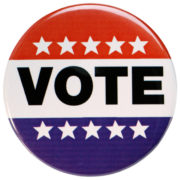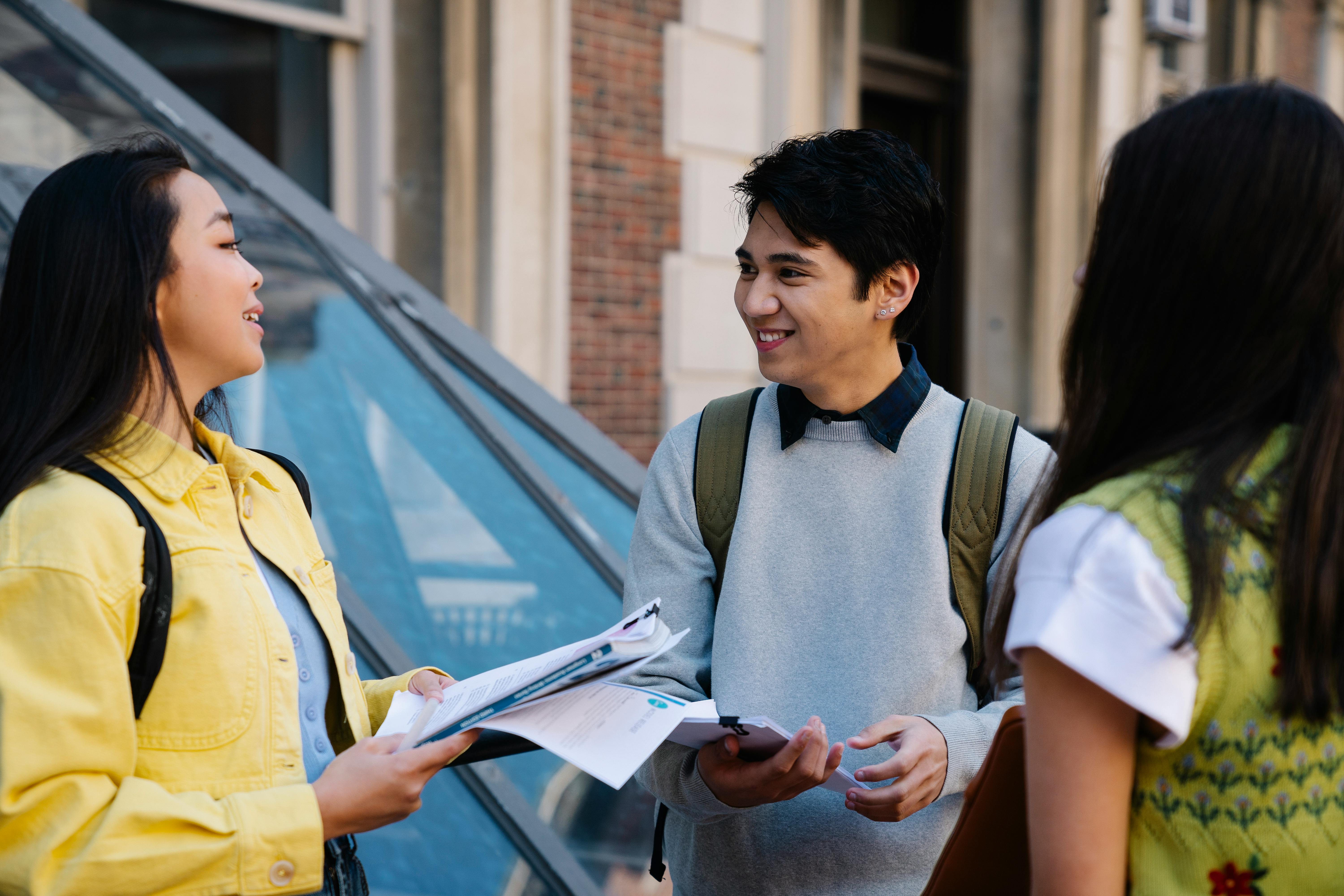LOS ANGELES – In California, the voting landscape has changed. As populations and demographics continue to shift, particularly in big cities like Los Angeles and San Francisco, the factors influencing voter participation have changed with the upcoming November elections.
Organizations like the New America Media are studying the reasons for these changes and taking efforts to encourage and inform citizens, especially immigrants and ethnic groups who are registered, to vote.
New America Media, the nation’s first and largest national collaboration of over 2,500 ethnic news organizations, held a briefing on Friday, Oct. 17 at the Japanese American Cultural and Community Center in Little Tokyo, Los Angeles to inform press about how voter participation has changed and how the simple act of getting to the polls can make a difference.
Knowledgeable speakers and polling experts from various organizations came to speak at the media event, such as Mark DiCamillo, director of The Field Poll, an independent non-partisan survey of California public opinion operated by Field Research Corporation.
“The fact is, the state of California has an increasingly growing ethnic voter population,” DiCamillo stated. “Soon, the majority of the state will be ethnic voters.”
He emphasized the importance of voting within ethnic communities, especially in large counties like Los Angeles, where the biggest African-American and Latino-American populations reside. Asian-Americans, he said, are more distributed throughout the state through various counties like Los Angeles and Orange County.
According to their surveys, 58 percent of overall ethnic voters are likely to re-elect Brown as governor in November, including 55 percent of Asian-Americans, simply because they are more familiar with Brown than they are with his Republican opponent, Neel Kashkari.
“In general, ethnic populations are more positive, supportive, and trusting of the state government, even more than white non-Hispanics,” DiCamillo said
A surprising difference within the Asian-American community, The Field Poll discovered, is that while most lean more Democratic than Republican, a significant portion is to choose a no-party preference. Vast differences in income levels for Asian-Americans also do not usually matter in elections, but rather, factors like age and education are the top predictors in voter turnout. Those with higher education levels are more likely to vote.
Other factors DiCamillo pointed out are the way ethnic groups as a whole vote. For instance, there is more unanimity when it comes to voting on issues, such as new state propositions.
“Ethnic voters are more so in favor of certain propositions than whites,” DiCamillo said, giving examples of Prop 1 (the “Water Bond” which funds for water projects and programs as part of a statewide water plan, addressing California’s water needs) and Prop 47, which affects so-called “petty crimes” to be charged as misdemeanors instead of felonies (thus affecting the issue of prison overcrowding, and protecting citizens from drug abuse and the cycle of crime).
Despite the general optimism, significant problems have arisen in overall voter participation within the state and the nation. Studies have shown only 1 in 4 voted during the last primary California elections. Even with the “easier” access to voting registration (it is accessible and simple to register online), Field Poll expects a low turnout of fewer than 40-50 percent.
Less ethnic groups vote on the nationwide scale, such as the presidential elections every four years, which typically reports low turnout rates for Latino and Asian-American groups.
Another reason for the significant number of undecided, non-partisan voters within the ethnic community is because they are not as informed of ongoing issues until much later in the election.
“This is why it’s important to keep on informing,” DiCamillo stressed to news outlets. “Because the more people know, the more people will vote!”
Karthick Ramakrishnan, professor of Political Science at UC Riverside, also spoke on the most frequently asked questions about California’s ethnic voters. On a national level, the immigrant vote is lower than white non-Hispanic, but within the state, the data for immigrants and ethnic communities is seen to be much larger.
“The most heavily affected voter group, according to AAPI data, is Asian Americans, especially when it comes to immigration issues,” Ramakrishnan said. “People tend to have a one-sided view, but about two-thirds of Asian-Americans in the US are first generation immigrants.”
With the growing diversity of the US landscape, ethnic groups have the potential to be swing voters in elections. Views converge with presidential elections (for example, most Asian-Americans voted Obama in 2012), universal health care and affirmative action issues, and support for higher taxes and better pathways to citizenship.
On the other hand, areas of divergence in elections are influenced by factors like low commonalities between racial groups and residential segregation in cities with large ethnic populations.
“Instead of dividing the pie, we should try to expand the pie,” the professor said.
Though the way voting has changed, New America Media and other similar organizations encourage immigrants and ethnic groups to register and become active, informed citizens.
“This upcoming election, we encourage everyone to get informed and be heard with their votes,” said Sandy Close, the Executive Director and Editor of New America Media, who moderated the briefing panel. She joked lightheartedly, “We want to make it sexy to vote!”
(www.asianjournal.com)
(LA Weekend October 18-21, 2014 Sec. A pg.1)






